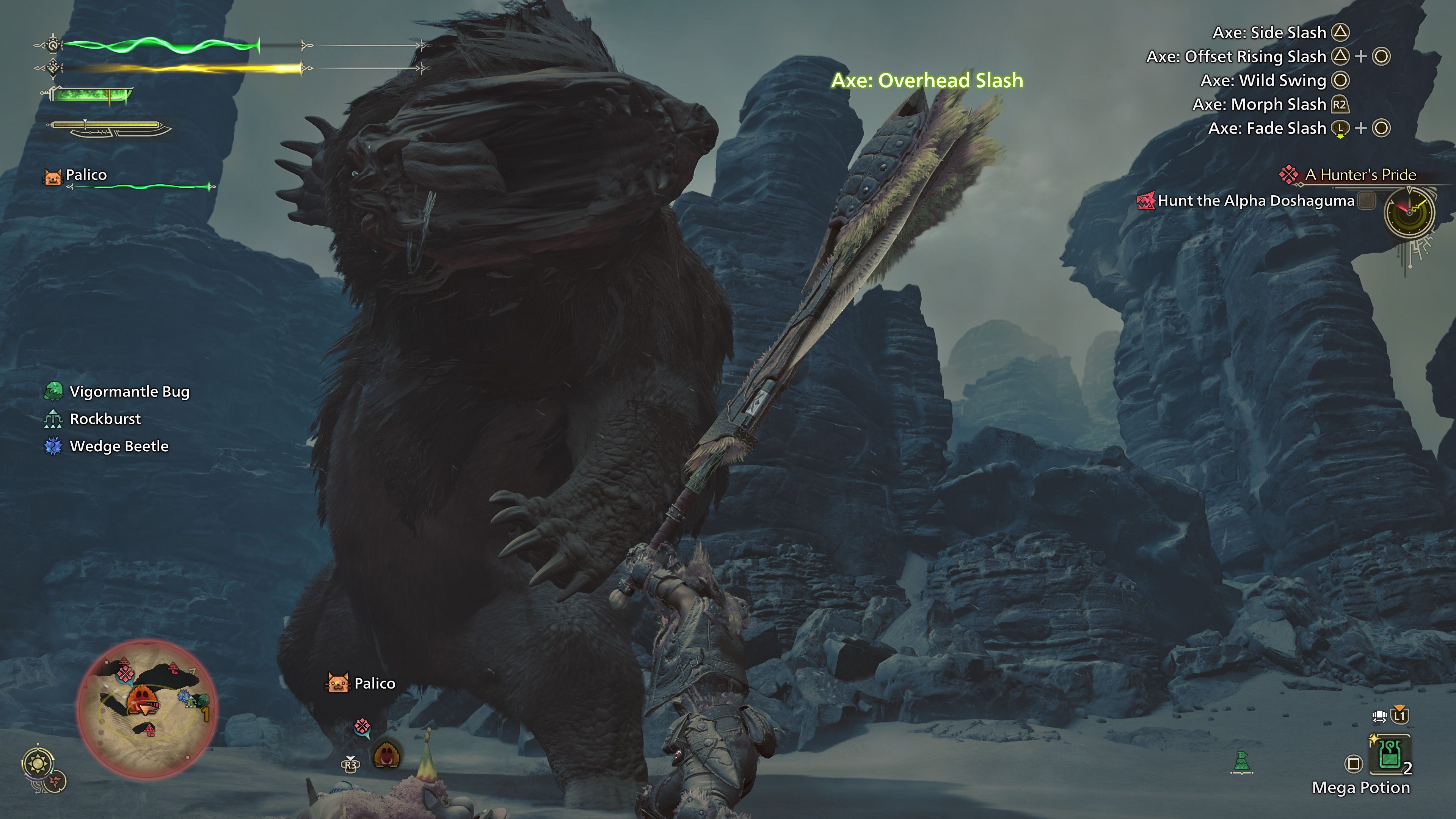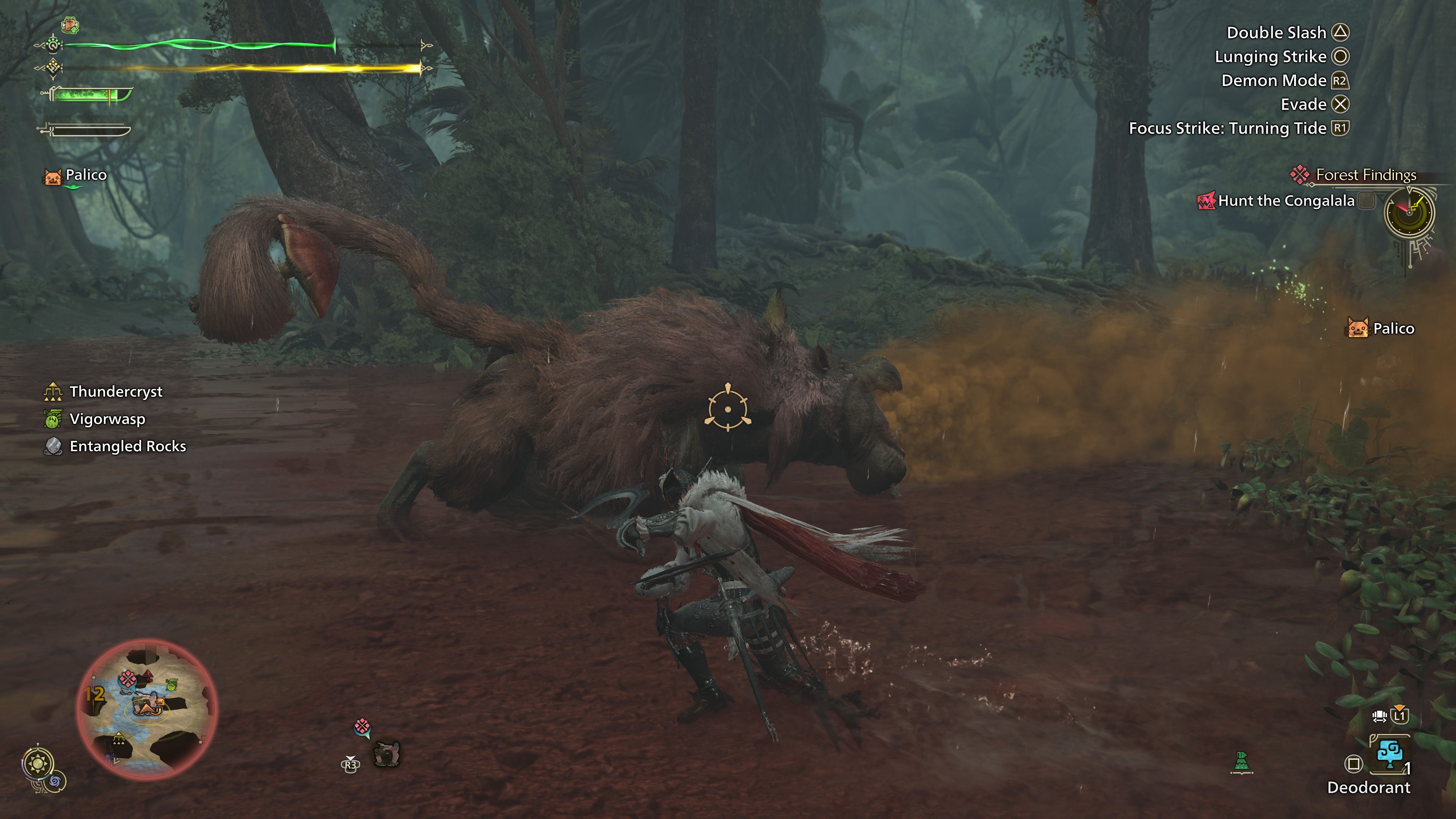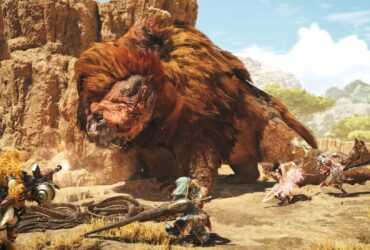I am one of those people who didn’t really ‘get’ Monster Hunter. After many attempts to breach the enigmatic series over the years, Monster Hunter: World was the one that finally clicked for me. Well, me and nearly 30 million others, considering World was the most successful Monster Hunter game by a factor of five. With World, Capcom pushed Monster Hunter in a more approachable direction, aiming to reduce the friction the series was known for and appeal to a global audience. It paid off big time, and now Capcom is making an even bigger push into the mainstream triple-A market with Wilds.

Related
Monster Hunter Wilds Is Going To Be The Biggest Game Of 2025
Capcom’s blockbuster is already attracted hundreds of thousands of people. And that’s just the open beta…
I had a sense that Wilds would take the baton from World and continue running with it when it was revealed the sequel would feature seamless exploration between its biomes and towns, but it wasn’t until I got to sink my teeth into it at a recent preview event that I really understood how different Wilds is from its predecessors – for better or… well, hopefully just for the better.
Wilds Is All About Immersion
If you played Wilds’ recent open beta test, you’ve experienced first-hand its most defining feature: seamless exploration. You’ll no longer be posting missions on the board then teleporting into an instanced biome with your party. Instead, you’ll travel on foot (or on the back of a seikret, your bird-like mount) from the hub town directly into the semi-open world zones. From there you’ll explore freely, tackling story missions and side quests in any order just as you would in any open-world game.
While this may seem like a purely aesthetic change at first, the transition to semi-open world has a huge impact on the Monster Hunter formula. While the rhythm of hunt -> craft -> hunt bigger -> craft better remains intact, there’s a sense of place in Wilds that Monster Hunter has never had before. At first I thought Capcom was taking Iceborne’s Guiding Lands and expanding the premise to create an endless hunt-a-thon, but it’s so much more than that. The sense of immersion it creates makes Wilds a more successful monster-hunting simulator, and creates an environment for deeper, richer storytelling.
If you’re hoping to hear more about Wilds’ changing weather, I don’t have much to report. The first instance of Inclemancy occurred right at the end of the preview during a scripted encounter with Uth Duna.
Having played the opening five-ish hours of the game, my biggest take away – and what surprised me the most – was how much has been invested into the story. Narrative has always been a shortcoming for the series. There are big monsters, and you kill them, and that’s about all there is to it. Wilds, in its ambition to increase Monster Hunter’s mainstream appeal, delivers the kind of triple-A quality cutscenes you’d expect from a triple-A blockbuster game – and lots of them.
Will Monster Hunter Wilds Have A Story Worth Telling?
The focus on story is going to be a big adjustment for long-time players. Much of my playtime was spent absorbing cutscenes, controller down, as I’m introduced to the people, places, and culture of the Forbidden Lands. You spend the early hours of Wilds exploring the first two biomes, the Windward Plains and Scarlet Forest, while building a relationship with the locals – a fearful tribe of people who hide from the monsters using wind chimes to mimic the cry of Rey Dau, the apex predator of the plains. Having no concept of a weapon, the locals quickly learn to rely on the expedition to protect them from the monsters, who have become uncharacteristically predatory for unknown reasons.
There are a lot of lengthy cutscenes in the early hours, but the storytelling is supported by the new seamless approach to level design as well. There are escort missions and walk-and-talks that have you interacting with other characters as you travel across the map. One particularly dramatic story beat had me rushing from base camp to a nearby village to intercept a monster attack, while another sent me from the plains into the forest through one seamless mission. Most missions end with a hunt, but it’s hard to tell where each chapter begins and ends, which makes the story feel more organic, and adds to the immersion of Wilds’ seamless world.
Look For Big Improvements To Certain Weapons At Launch
The other big surprise was how much had changed since the last time I played Wilds. I’m an insect glaive guy, and I wasn’t impressed by Wilds’ version of the weapon when I first tested it out earlier this year. This time around, it felt incredibly fluid and easy to wield. You can even vault dance again, which is something I was disappointed to discover had been removed in earlier demos. Producer Ryozo Tsuimoto tells me the glaive has gone through the most changes of any weapon following player feedback, and that we can expect overhauls to Switch Axe, Lance, and Sword & Shield at launch, based on reactions from the open beta test.
The lack of hit stop was also a topic of discussion during my interview, director Yuya Tokuda assured me that hit stop will be increased at launch, especially for the final hit of a combo.
Unsurprisingly, I didn’t get to take on any monsters that haven’t already been revealed for Wilds. The opening hours include fights with Chatacabra, Quematrice, Congalala, Lala Barina, Balahara, and Uth Duna, ending with the first introduction of the game’s mascot monster, Arkveld. The fights were varied and exciting, though not as challenging as I expected. I thought that Monster Hunter Rise was a much easier game than World thanks to the recoverability of the Wire Bug, and was hoping Wilds would move back towards World’s difficulty level. Even without spending time farming materials for armor upgrades, I felt pretty safe in all my fights, barely even needing to use potions. Hopefully this is just to ease players in at the start of the game, and not an indication that the whole game will be that easy.
Is It Possible For Monster Hunter To Go Too Mainstream?
Wilds is clearly continuing on the trajectory set by World, and it’s really no wonder why. The most successful Monster Hunter by a wide margin proved that making Monster Hunter more approachable would attract a wider audience, and Wilds is taking that philosophy another big step forward.
I’m excited about the semi-open world design and Capcom’s desire to increase immersion, but I’m not yet sold on its narrative ambition. Past Monster Hunters have trained me to skip the dialogue and get back in the hunt as fast as possible, and I have a hard time picturing my friends and I silently watching lengthy monster tales together when we could be slicing and dicing giant monster’s tails. The story will need to earn my attention, and the first few hours didn’t convince me it will do that.
The wait for a follow-up to World has been excruciatingly long, but seemingly well worth it. Wilds has a massive world to explore filled with terrifying new monsters (have you seen Rompopolo? No thank you) and I can’t wait to explore the rest of it next February.

The unbridled force of nature runs wild and relentless, with environments transforming drastically from one moment to the next. This is a story of monsters and humans and their struggles to live in harmony in a world of duality.
Fulfill your duty as a Hunter by tracking and defeating powerful monsters and forging strong new weapons and armor from the materials you harvest from your hunt as you uncover the connection between the people of the Forbidden Lands and the locales they inhabit.
The ultimate hunting experience awaits you in Monster Hunter Wilds.













Leave a Reply